Hamsters are small, cute animals that many people love to keep as pets. They are soft, quiet, and fun to watch. Although small in size, hamsters are smart, active, and full of character.
Scientific Classification
-
Kingdom: Animalia
-
Phylum: Chordata
-
Class: Mammalia
-
Order: Rodentia
-
Family: Cricetidae
-
Subfamily: Cricetinae
Common Names
-
Hamster
-
Dwarf Hamster
-
Syrian Hamster
-
Teddy Bear Hamster (a nickname for long-haired Syrian hamsters)
Geographic Distribution
Wild hamsters are originally from parts of Europe, Asia, and the Middle East.
Pet hamsters are now found in homes all around the world.

Image showing a Small hamster eating a sunflower seed in its paws (Source: Freepik)
Physical Characteristics
-
Size: 5 to 18 cm, depending on the species
-
Weight: 100–150 grams (some dwarf species are lighter)
-
Fur: Soft, thick, and varies in color (brown, white, grey, black, golden)
-
Teeth: Always growing, they need things to chew
-
Paws: Small with sharp claws for digging and climbing
-
Eyes: Big and bright, mostly active at night (nocturnal)
Major species of Hamsters
1. Syrian Hamster
Image showing a Golden Syrian hamster looking at the camera (Source: Vocal Media)
Key Facts:
-
Largest type
-
Solitary (must be kept alone)
-
Friendly and easy to handle
-
Also called “Golden” or “Teddy Bear” hamster
2. Dwarf Hamsters (Campbell’s, Winter White, Roborovski)
 Image showing a Tiny Roborovski hamsters running in wheel (Source: iStock)
Image showing a Tiny Roborovski hamsters running in wheel (Source: iStock)
Key Facts:
-
Very small and quick
-
Can live in pairs (if introduced early)
-
More active than Syrians
-
Some change color in winter (like Winter White)
What do hamsters eat?
Hamsters need a balanced diet to stay healthy.
-
Commercial hamster pellets
-
Seeds and grains
-
Small fruits (like apple slices, no seeds)
-
Fresh vegetables (carrots, spinach)
-
Occasional treats (boiled egg, peanut)
-
Fresh, clean water daily
They also love to store food in their cheeks.
Fun facts about Hamsters
-
Hamsters can fit food in their cheeks to save for later.
-
They are excellent diggers and runners, some run up to 8 km in one night.
-
They have poor eyesight but a strong sense of smell.
-
Hamsters love spinning wheels for fun and exercise.
-
Their front teeth never stop growing, so they chew often.
Importance to Humans
Hamsters are great beginner pets, especially for children and families in small spaces.
They teach kids about responsibility and care.
Benefits:
-
Easy to care for
-
Quiet and clean
-
Don’t need large space
-
Fun to watch and interact with
Health & common issues
Hamsters are usually healthy but can fall sick without proper care.
Common Health Problems:
-
Wet tail (diarrhea, very dangerous if untreated)
-
Mites and skin problems
-
Overgrown teeth
-
Tumors or infections
-
Injuries from falls or bad cages
Health Needs:
-
Clean bedding changed regularly
-
A safe cage with no sharp parts
-
Chew toys for teeth
-
Proper diet and fresh water
-
Gentle handling to avoid stress
Conservation Status
Wild hamsters like the European Hamster are endangered due to farming and habitat loss.
However, pet hamsters are not endangered.
Hamster vs Mouse
| Feature | Hamster | Mouse |
|---|---|---|
| Size | Usually bigger and fluffier | Smaller with long tail |
| Activity | Nocturnal | Mostly nocturnal |
| Tail | Short and stubby | Long and hairless |
| Smell | Less smelly when clean | Can have stronger odor |
 Image showing a Hamster sleeping soundly in soft bedding: (Source: Freepik)
Image showing a Hamster sleeping soundly in soft bedding: (Source: Freepik)
Are you thinking of getting a hamster or need help caring for one? you can reach out to us at Doctor Hulk Veterinary Hospital for advice, check-ups, and proper small pet care. You can call 08143397614.








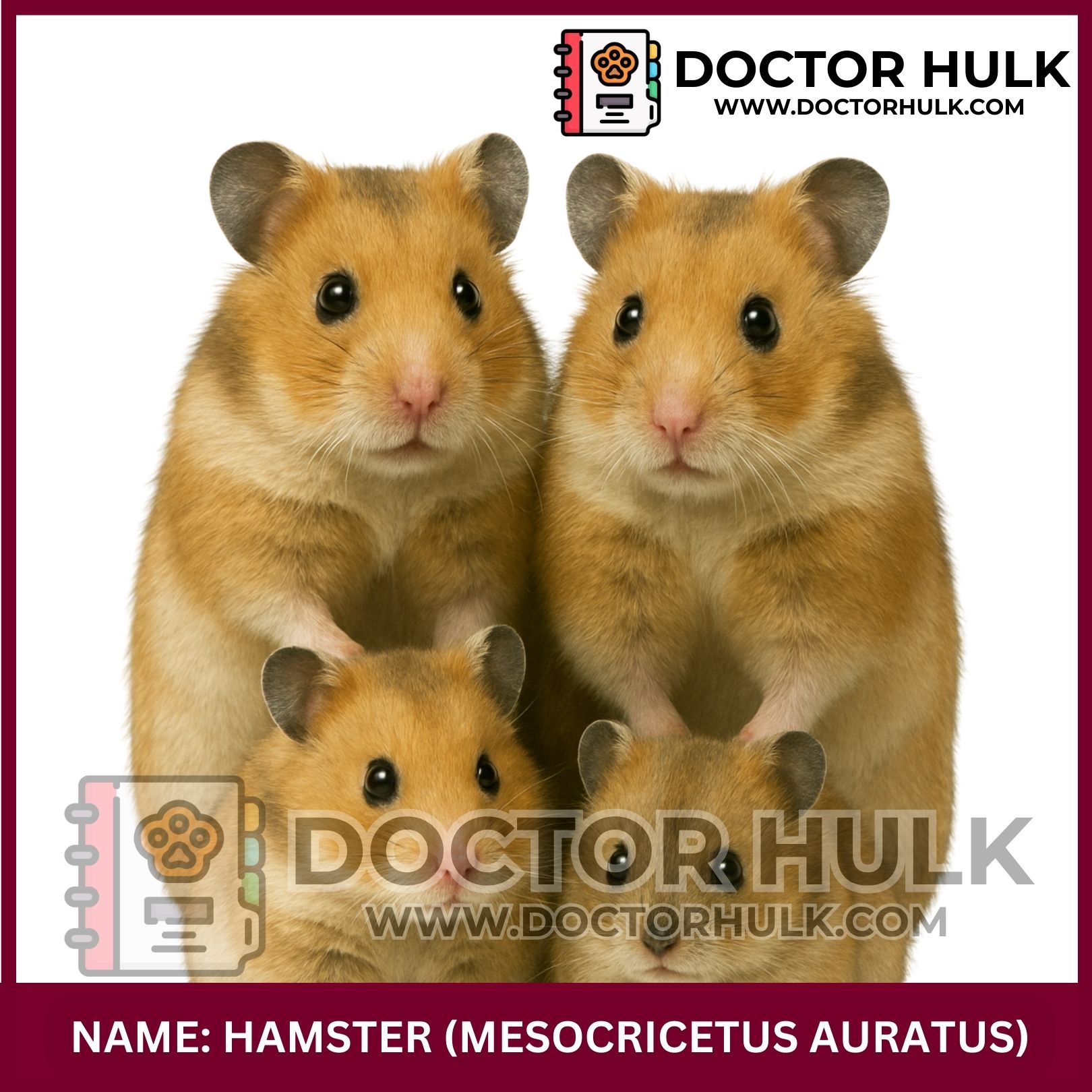
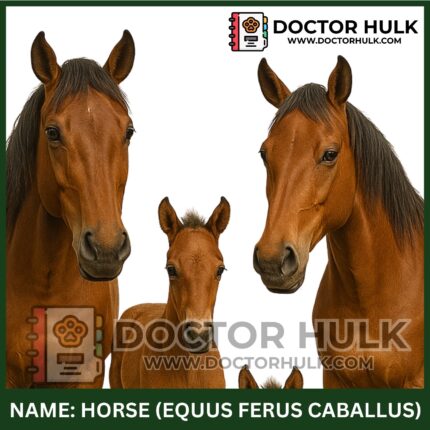



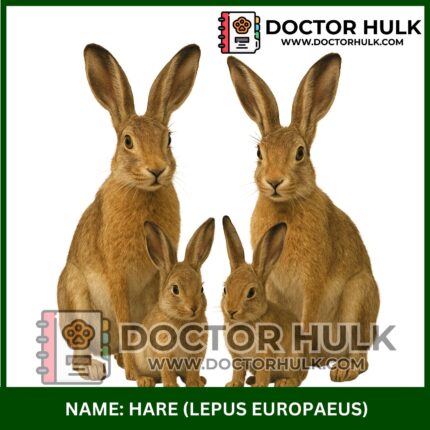
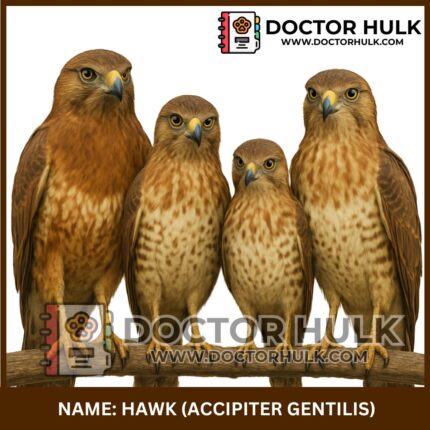
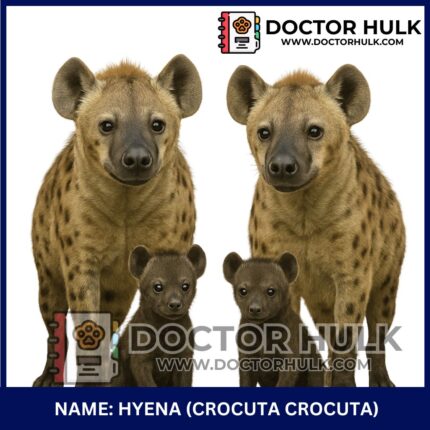

Reviews
There are no reviews yet.